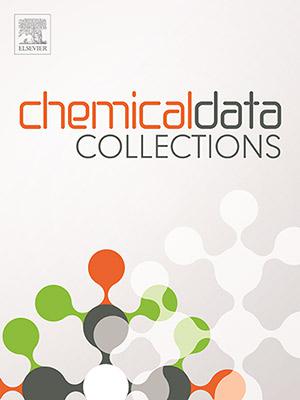Unveiling the multifaceted incorporation of epoxy-maize cob nanoparticle composite coating of mild steel in mixed acid environment
Abstract
The surface components of mild steel used in field applications are always subject to wear and corrosion attacks. Epoxy coatings serve to improve the surface properties of mild steel; nonetheless, they do not deliver a multiplexed advantage compared to their coating with inert non-metallic particles. The parametric addition of maize cob ash nanoparticles modified with 0.5 wt% silver nanoparticles in the epoxy coating of mild steel was investigated. The coating was done using the spraying method. The transmission and scanning electron microscope, X-ray diffraction and electrochemical test in mixed acid environment were used in the characterization of the developed composites coating. A 42.86 and 96.16 % improvement in hardness values and corrosion resistance of mild steel was obtained at modified 8 wt% maize cob ash nanoparticles/epoxy coating. The corrosion potential of the coated samples tends to be higher, whereas that of the uncoated mild steel is lower. This study demonstrates that epoxy-8 wt% maize cob ash nanoparticles modified with 0.5 wt% silver nanoparticles can be used to enhance the anti-corrosion of mild steel in a mixed acid environment.

 求助内容:
求助内容: 应助结果提醒方式:
应助结果提醒方式:


